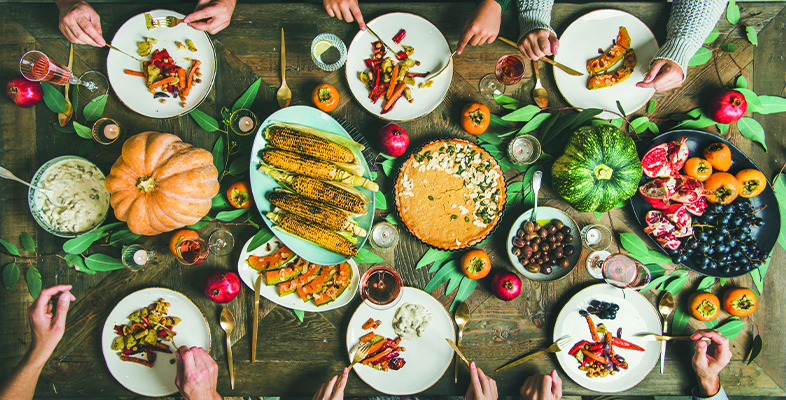6.1 Frontier food
Many plant and animal species that are able to live alongside humans are non-native and have been introduced from other parts of the world. Some of these have become invasive. For example, the grey squirrel (Sciurus carolinensis) is commonly spotted in UK gardens, but it is a non-native invasive species that has displaced the native red squirrel (Sciurus vulgaris). Similarly, Japanese knotweed (Fallopia japonica), an ornamental garden plant, has also become invasive, triggering legal measures for its control in the UK.
The spread of invasive species in urban or semi-urban areas has generally prompted measures to control or eradicate these species. However, some have seen them as an opportunity to diversify the sources of food whilst helping native species (e.g. Eat the Invaders, 2017). Such initiatives are often concerned about the increasing environmental costs of growing conventional staple crops to feed the world’s population. As a response, many experiments in making use of unconventional sources of food have begun. Algae, fungi, insects, invasive species and weeds are some of these unconventional food sources. Can these sources help achieve food sustainability and also help meet the goal of feeding 9 billion people by 2050? In the following activity, you will explore the opportunities and challenges presented by this so-called ‘frontier food’.
Activity 8 Frontier food: a radical alternative to food sustainability?
Many invasive species can be suitable as food and are found in high abundance in the landscapes they have invaded. The following websites contain information about some non-native edible species.
- Eat the Invaders [Tip: hold Ctrl and click a link to open it in a new tab. (Hide tip)] provides a list of invasive species in the US, and related recipes.
- The GB Non-Native Species Secretariat provides information and resources on non-native species in the UK.
Use these sources – plus any others that you are aware of – and answer the questions below.
- Which non-native invasive species from the Eat the Invaders website can you access near where you live? (Bear in mind that species native to Scotland are not necessarily native in England, for example).
- Which recipes of invasive species from the Eat the Invaders website would you be prepared to include in your diet?
- What are the barriers to eating some invasive species?
Answer
One barrier to eating invasive species is our perceptions of what ‘is’ food, and what is not. These perceptions are often very difficult to change, but introducing ‘invasive gourmet cuisine’ may help to shift them.
An organisation called Crayfish Bob provides an interesting UK-based example. According to their website, to improve the environment they harvest and cook North American crayfish invasive in the UK waterways, and serve them at pop-up events and festivals. If similar efforts are made to discover recipes for other invasive species, collectively, such efforts can contribute to food sustainability in the long run.
